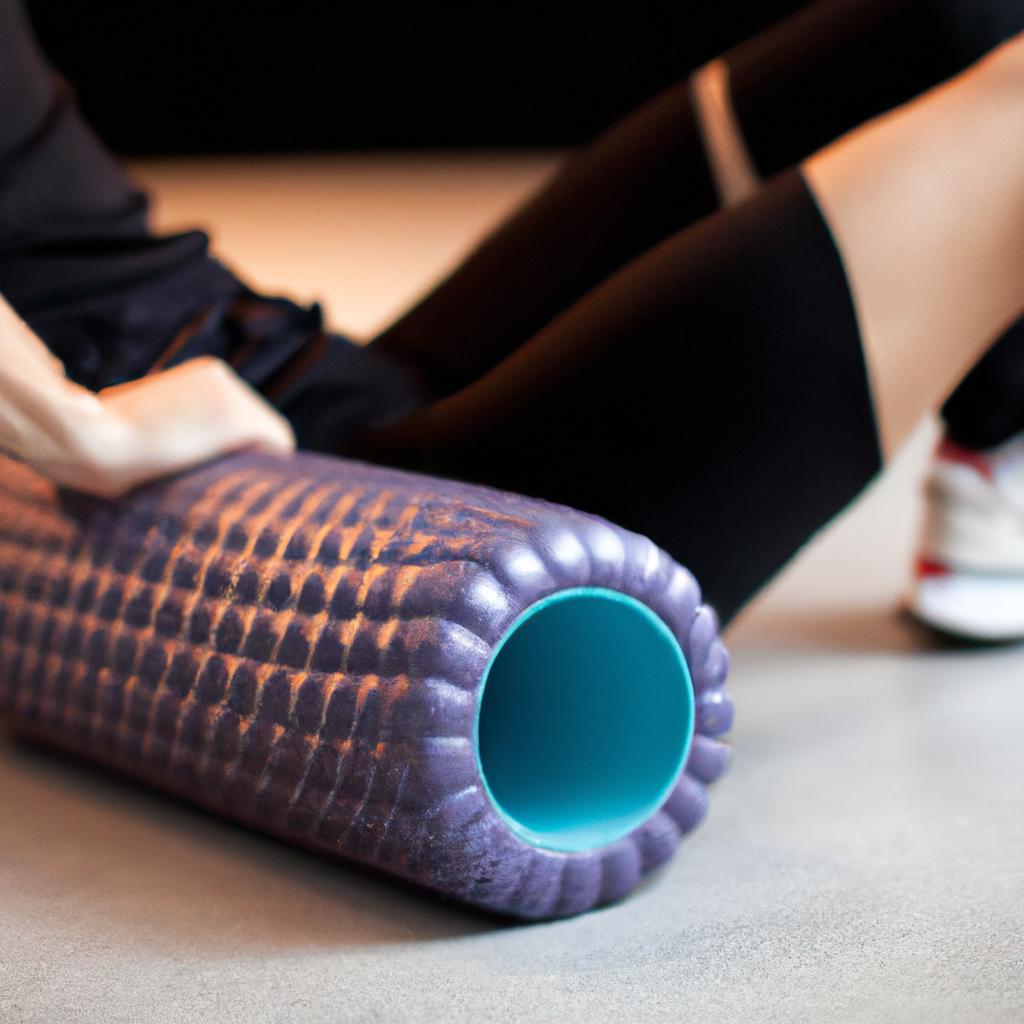**”Foam Rolling for Recovery: Exploring the Role of Fascia in Muscle Performance and Injury Prevention”**
# Foam Rolling for Recovery: Exploring the Role of Fascia in Muscle Performance and Injury Prevention
In recent years, foam rolling has gained immense popularity as a recovery tool among athletes and fitness enthusiasts alike. This simple yet effective practice not only enhances recovery but also plays a crucial role in muscle performance and injury prevention. At the heart of this technique lies fascia—a connective tissue that surrounds muscles, organs, and nerves throughout the body. Understanding the relationship between foam rolling, fascia, and overall muscle function can empower individuals to optimize their recovery and performance. In this blog post, we will explore the benefits of foam rolling, the importance of fascia, and practical advice on nutrition and exercise to complement your recovery regimen.
## The Importance of Fascia in Muscle Performance
### What is Fascia?
Fascia is a fibrous connective tissue that envelops muscles, providing support and structure. It is composed of collagen and elastin fibers, allowing it to be both strong and flexible. This tissue plays a vital role in the function of muscles, as it helps to transmit force and reduce friction during movement.
### The Role of Fascia in Movement
Healthy fascia allows for optimal muscle function and fluid movement. However, factors such as injury, inactivity, and poor posture can lead to fascial adhesions or restrictions, which can inhibit movement and contribute to pain. Foam rolling can help alleviate these restrictions by applying pressure to the fascia, promoting blood flow, and enhancing overall muscle performance.
## Foam Rolling Techniques
### How to Foam Roll Effectively
To reap the benefits of foam rolling, it’s essential to know how to use the foam roller correctly. Here are some techniques to follow:
1. **Choose the Right Roller:** Foam rollers come in various densities. Beginners may prefer a softer roller, while experienced users may opt for a firmer one.
2. **Target Major Muscle Groups:** Focus on areas such as the quadriceps, hamstrings, calves, back, and shoulders. Spend 1-2 minutes on each muscle group.
3. **Apply Controlled Pressure:** Roll slowly over the targeted area, pausing on tender spots for 20-30 seconds, allowing the fascia to release and relax.
4. **Breathe:** Deep breathing can help relax your muscles and enhance the effectiveness of the foam rolling.
## Nutrition Tips for Recovery
### Fueling Your Body for Optimal Recovery
Nutrition plays a significant role in recovery. To enhance the effects of foam rolling, consider the following tips:
1. **Hydrate:** Drinking plenty of water helps to flush out toxins and keep your muscles hydrated, facilitating better recovery.
2. **Protein Intake:** Consuming a source of protein post-workout (such as lean meats, dairy, or plant-based proteins) can aid muscle repair and growth.
3. **Incorporate Anti-Inflammatory Foods:** Foods such as berries, fatty fish, nuts, and leafy greens can help reduce inflammation and promote recovery.
4. **Timing Matters:** Aim to consume a balanced meal or snack within 30-60 minutes after your workout to optimize recovery.
## Exercise Advice for Injury Prevention
### Complementing Foam Rolling with Strength Training
While foam rolling is an excellent recovery tool, incorporating strength training into your routine can significantly reduce the risk of injury. Here are some strategies:
1. **Focus on Core Strength:** A strong core supports your entire body, improving stability and reducing the risk of injury in other areas.
2. **Incorporate Functional Movements:** Exercises that mimic real-life movements (such as squats, lunges, and push-ups) can enhance overall muscle performance and coordination.
3. **Prioritize Flexibility:** Regular stretching and mobility work can help maintain the elasticity of your fascia and prevent tightness.
4. **Listen to Your Body:** Pay attention to any signs of discomfort or pain, and adjust your training accordingly to prevent injuries.
## Health Benefits of Foam Rolling
### The Comprehensive Benefits
Foam rolling offers numerous health benefits that extend beyond simple muscle recovery:
1. **Enhanced Blood Flow:** Foam rolling increases circulation to the muscles, promoting nutrient delivery and waste removal.
2. **Reduced Muscle Soreness:** Regular foam rolling can help alleviate delayed onset muscle soreness (DOMS), making it easier to bounce back after intense workouts.
3. **Improved Range of Motion:** By releasing fascial tension, foam rolling can enhance flexibility and increase the range of motion in joints.
4. **Stress Relief:** The act of foam















Post Comment